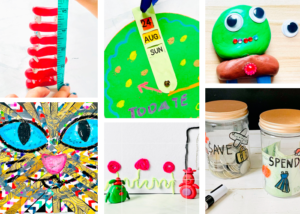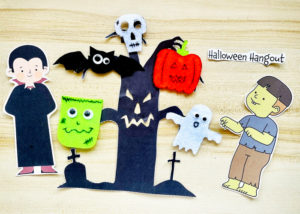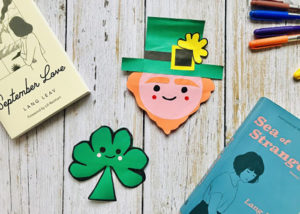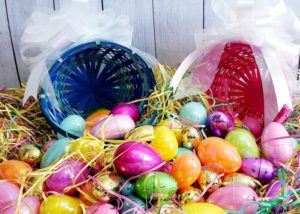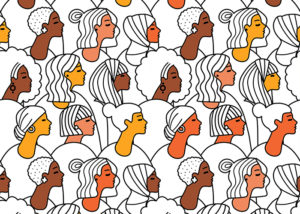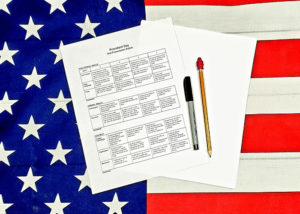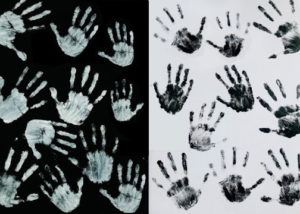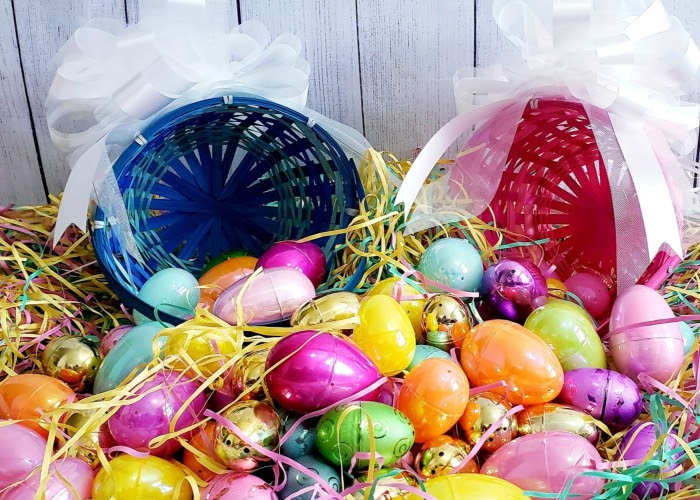
Why does the date for Easter vary from year to year?
Early Mesopotamians, recognizing the vernal equinox as a celebration of the Goddess of Spring, honored the story of Inanna — known by the Babylonians as “Ishtar” (Eostre is a Germanic spin on the same name). Ishtar is better known as “Aphrodite” or “Venus” (the Goddess of Love and Fertility) per her appellations in the Greek and Roman pantheons, respectively. In the 4th Century, when Christians identified a spot in Jerusalem where it’s presumed that the empty tomb of Jesus had been located, it also turned out to be the site where a temple dedicated to Aphrodite once stood. The temple was eventually torn down so that the Church of the Holy Sepulchre could be built. This is the holiest church in the Christian world.
Since that time, many customs affiliated with the biblical depiction of Christ’s death and resurrection have been mixed in with the Pagan celebrations of Eoster (which were very prominent in many parts of Europe) — e.g. a hare (rabbit) was a symbol associated with Eostre, representing the beginning of Spring. Likewise, according to the Encyclopedia Britannica, the egg as a symbol of fertility and of renewed life goes back to the ancient Egyptians and Persians who shared a custom of coloring and eating eggs during their spring festivals. Thus, to this day, the “Easter Bunny” and colorful eggs remain a vibrant part of this celebration.
- Who has the Best Deviled Eggs? | Cooking Activity | 5th—8th grade
In this activity, students will show off their culinary skills in a cooking competition. They will be scored according to each group’s ability to work as a team and ultimately based on taste, appearance, and originality of the deviled eggs they have prepared.
- Colorful Easter Eggcorations | Arts & Crafts Activity | 4th—8th grade
In this activity, students will be encouraged to design their own Easter eggs. They will paint and decorate the hard boiled eggs themselves; making festive and beautiful holiday treats in the process. Artistic expression and food preparation will be reinforced during this activity.
- Easter Bunny Card | Arts & Crafts Activity | 3rd—6th grade
To celebrate Easter, students will each make a fluffy Easter Bunny card they can give to a loved one. This activity will be fun, expressive and rewarding.
- Collect As Many As You Can! | Physical Activity | 1st—6th grade
Students will have an exhilarating time scavenging for as many eggs as they can — but with a twist! There will be a total of 200 plastic egg shells hidden throughout your play area. The eggs are divided into two groups consisting of 180 small “Candy Eggs” (filled with candies) and 20 large “Golden Eggs” (filled with fun Easter related exercises that, when completed, will earn them a one-dollar bill.)
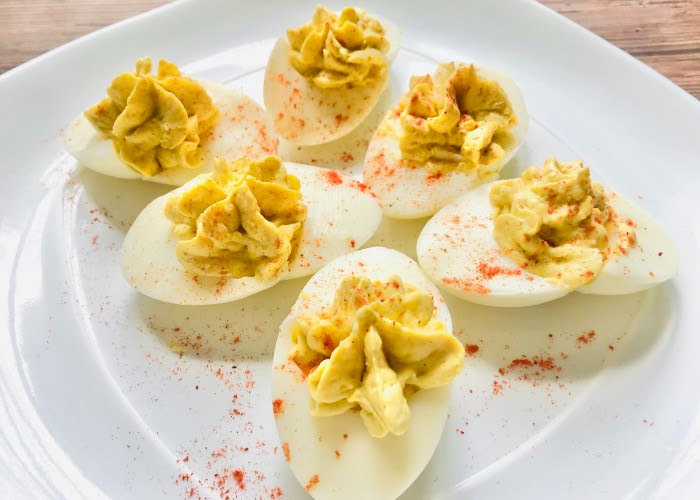
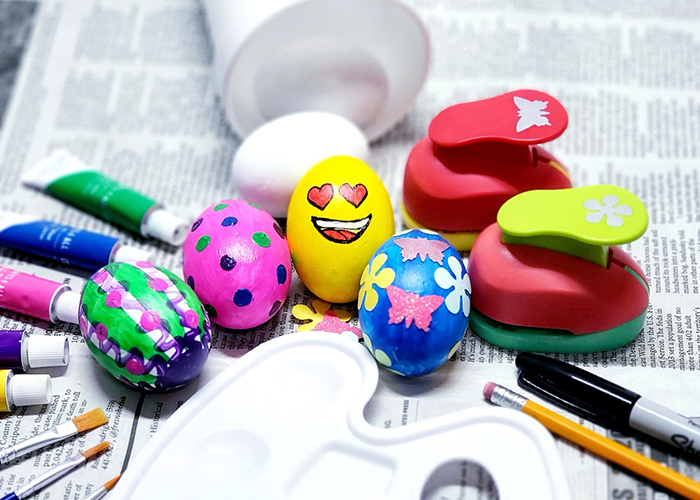
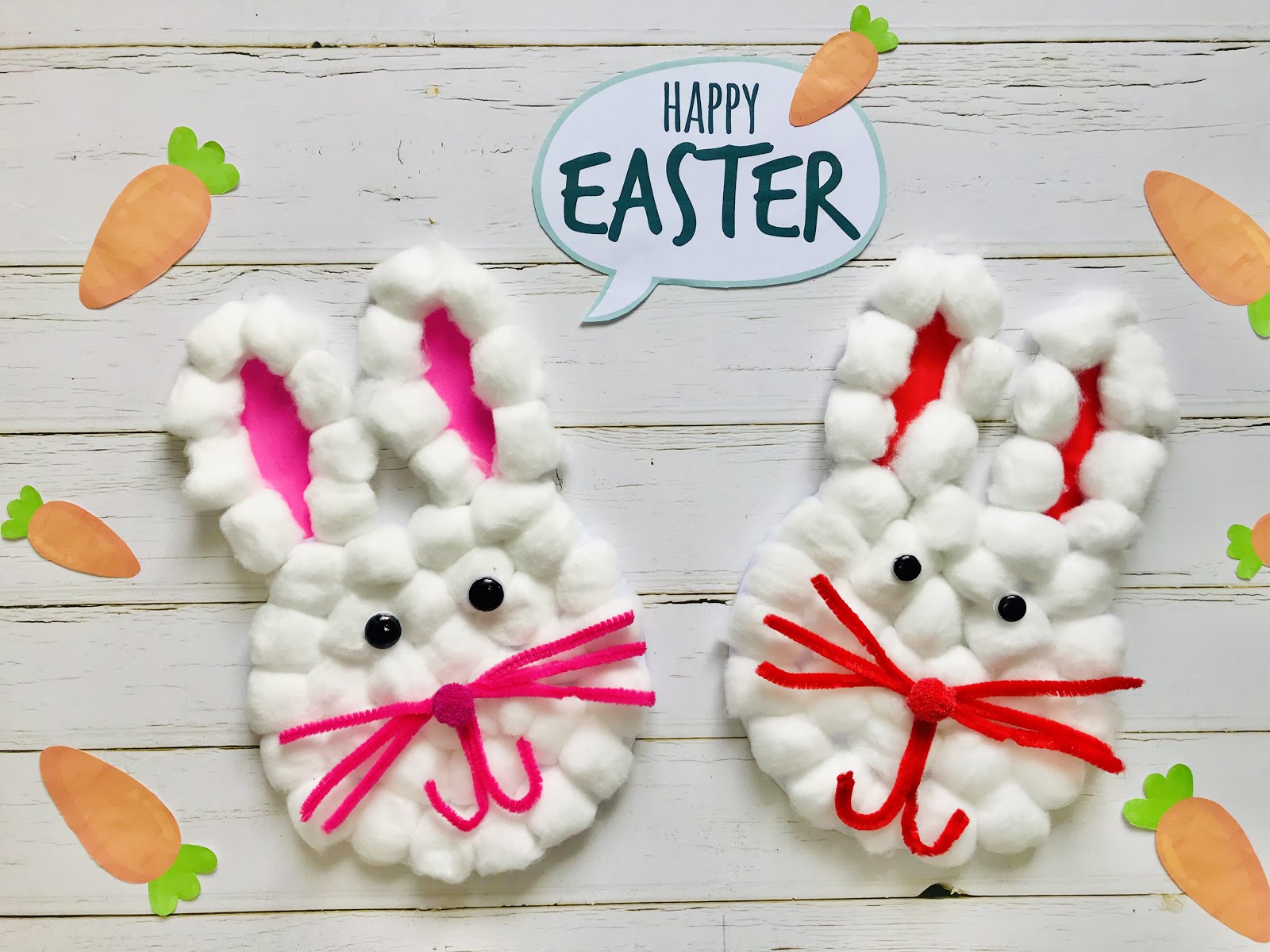

Our activities will help teachers show students the value of independent craftwork and the freedom of expressing themselves artistically. The Easter holiday is full of colorful (and delicious!) traditions that can inspire young people to share goodwill and offer good tidings via their own creative handiwork.
Easter’s date varies so much because it depends on the placement of the moon. The holiday falls on the first Sunday after the Paschal Moon — the first full moon after the spring equinox. This is because early Christians wanted Easter to coincide with Passover; in that biblical scripture details Christ’s death and resurrection as having occurred after the Jewish holiday. Thus, since the Jewish calendar is tied to solar and lunar cycles, the dates of Passover and Easter fluctuate each year.

